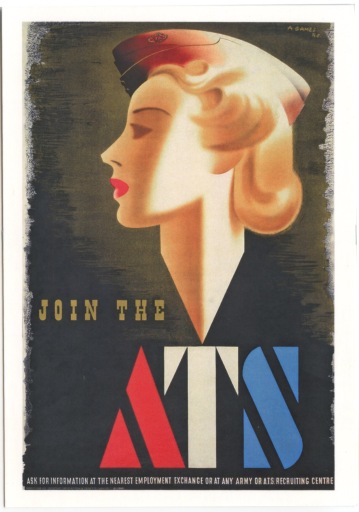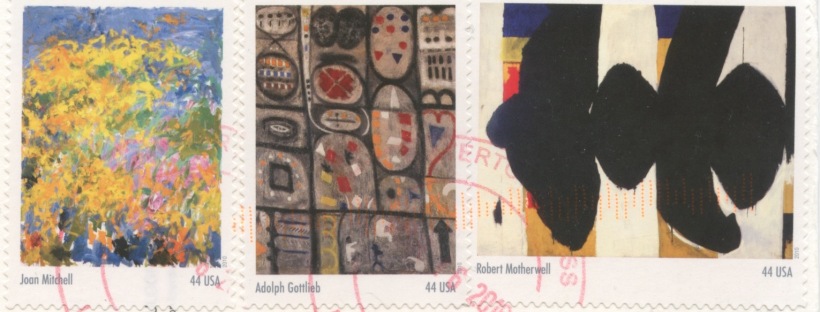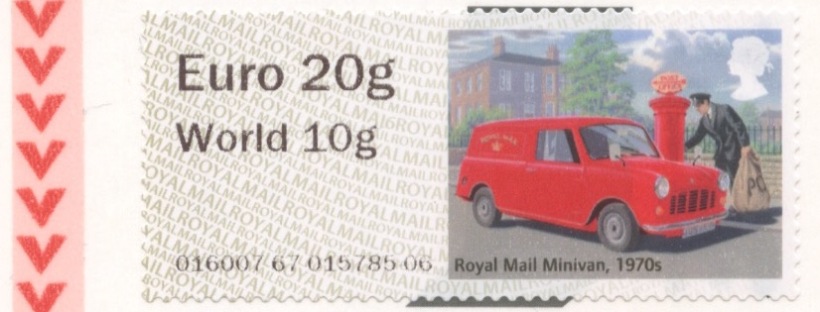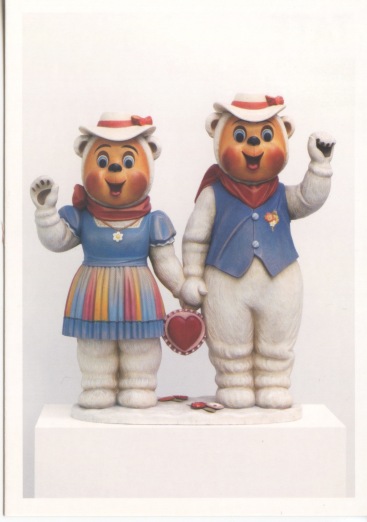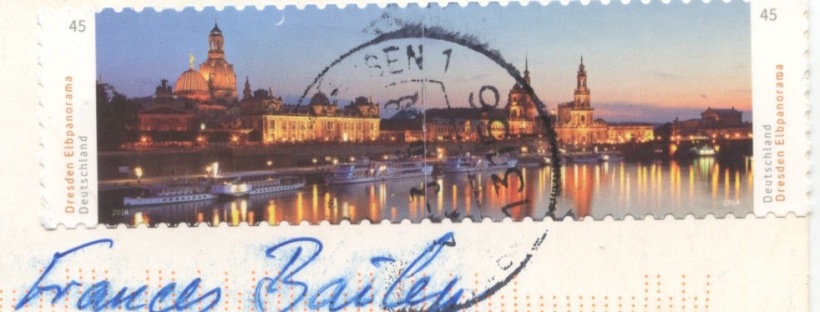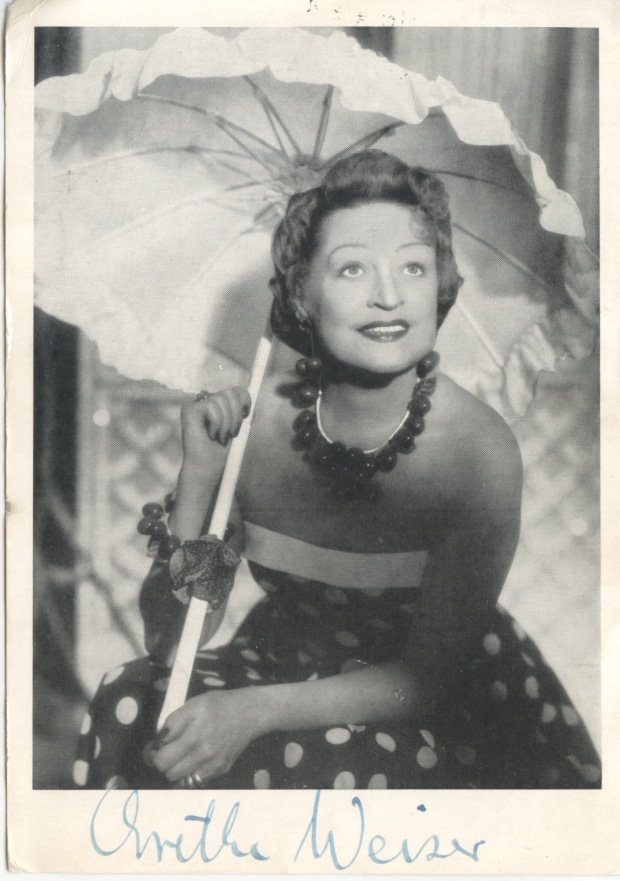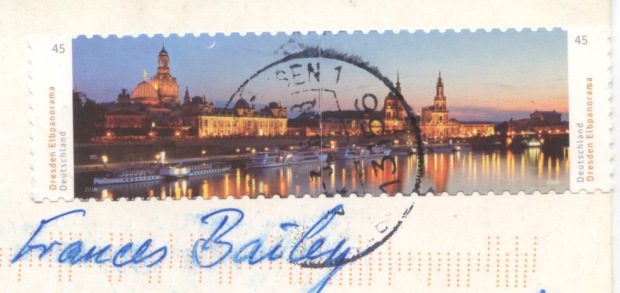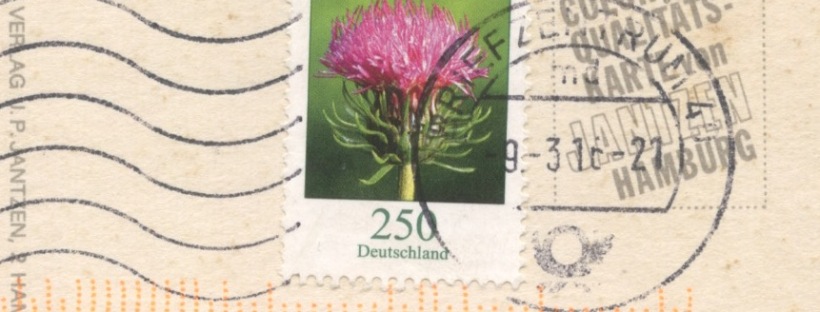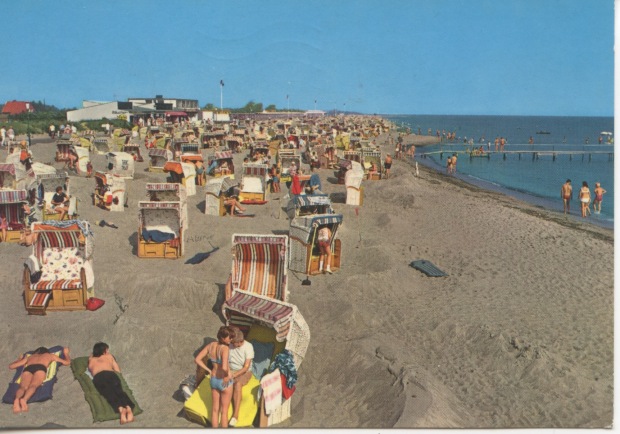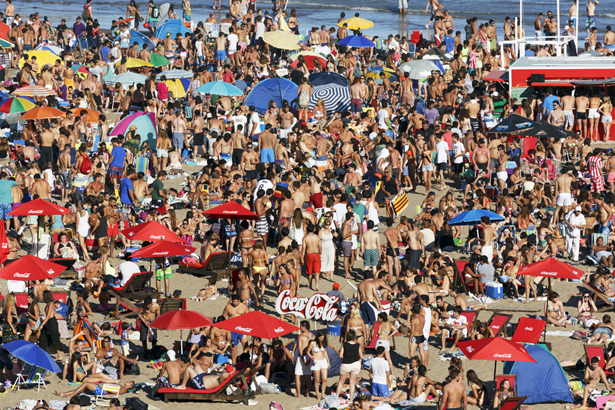Today I received my third postcard from my direct swap buddy, Dan from Watertown Massachusetts. I love receiving postcards from Dan, he always uses wonderful stamps featuring famous works of art; this postcards features stamps from Joan Mitchell, Adolph Gottlieb and Robert Motherwell.
The front of the postcard features the cave paintings of Grotte de Font de Gaume, Dordogne. I didn’t really know anything about these cave paintings until receiving this postcard from Dan, postcrossing is such a fantastic way of learning about the world – and this is especially compelling when art work is involved.
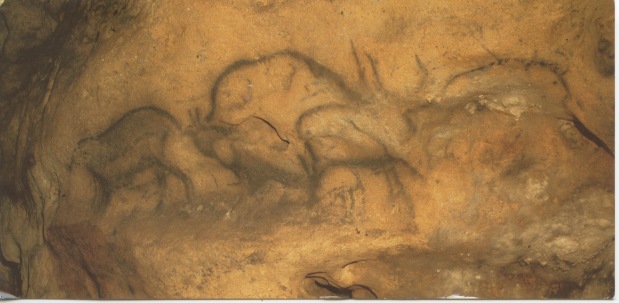
Fig 1. Grotte de Font de Gaume, Les Eyzies de Tayac, Dordogne, France
Dan tells me that these paintings were produced over 30,000 years ago, and he writes that this postcard ‘celebrates an unknown master artist’ which is a marvellous way of putting it. Dan tells me how he was mesmerised when experiencing these paintings, and I am truly inspired to visit this part of France and see the cave paintings for myself.
However, when visiting Les Eyzies website, they explain that there are reduced numbers allowed into the caves now, and that in future years the caves may no longer be viewable by the general public for conservation reasons. I hope I can see these historical wonders before it is too late!
The website describes the cave paintings as follows:
Discovered in 1901 by D. Peyrony, the Cave, 130 m long, contains about 250 paintings. The visitor can only see 30 of them, the most beautiful ones and the best preserved. After 60 m underground, the “Rubicon” is the beginning of the decorated part of the cave, with red dots on the left wall. These caves were not used as dwellings, they were shrines, according to A. Leroi-Gourhan The Grotte de Font-de-Gaume is famous for its cave paintings from the Magdalénien period. It is entrance is 20 m above the valley floor of the Beune valley, at the lower edege of a huge limestone rock.
There are many polychrome paintings and some engravings. The 240 figures show 80 bisons, which are the dominant motive. Most other pictures are also animals, 40 mammoths, 23 horses, 17 reindeers and deer, eight primitive cow, four goats, a wolf, a bear, and two rhinoceroses. More interesting, but less frequent, are four hand outlines and 19 geometric figures.
Have you every visited the cave paintings in Dordogne? I’d love to hear about your experience.
Back to the stamps
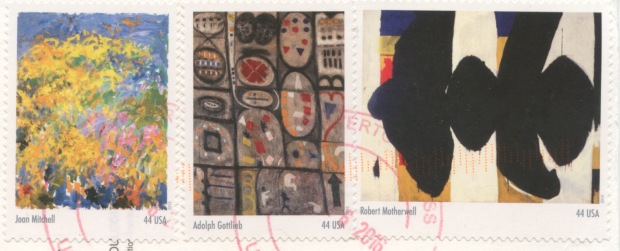
Fig 2. Stamps featuring the work of Joan Mitchell, Adolph Gottlieb and Robert Motherwell
As I mentioned before, I adore the stamps that Dan uses on his postcards to me, I am always seeking equally wonderful stamps that I can use on my postcards in return, but they are simply not as impressive. The Tate stamps I have been using only depict the architecture of the Tate Modern, which is disappointing, and slightly uninspiring, and nowhere near as evocative of these stamps showing works of art. Here is some information about these artists.
Joan Mitchell (1925-1992)
Mitchell is known as a second generation abstract expressionist painter and printmaker. Although much of her career took place in
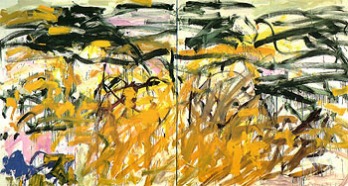
Fig 3. Joan Mitchell No Birds (1987/88)
France, she was very much part of the American Expressionist movement. Mitchell was one of the few well-known female painters of the era.
Mitchell’s paintings are often considerable size, frequently taking over two panels. Focusing primarily on landscapes, her style is gestural and often violently so, and she described her paintings as ‘an organism that turns in space’.
Mitchell’s painting No Birds (1987/88) in said to have been painted in homage to Vincent Van Gogh, in particularly to his painting Wheatfield with Crows (1890) which Mitchell observed as being Van Gogh’s suicide note.
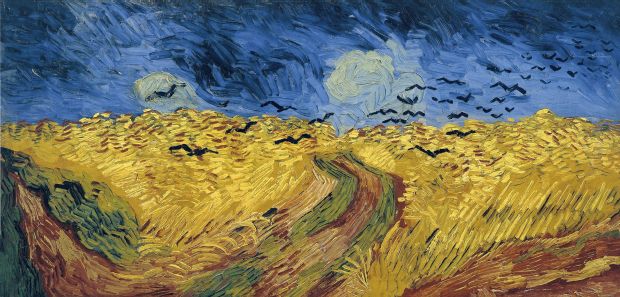
Fig 4. Vincent Van Gogh Wheatfield with Crows (1890)
Adolph Gottlieb (1903-1974)
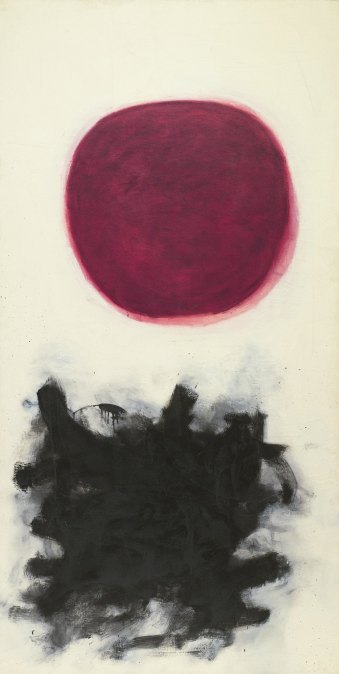
Fig 5. Adolph Gottlieb, Blast, I (1957)
Gottlieb was an American painter and sculptor who predominantly worked in New York. In June 1943, Gottlieb and Rothko together wrote a letter to the New York Times outlining their theoretical outline of Abstract Expressionism.
Gottlieb’s style took the form of pictographs, with reference to timeless, primitive images, it was his aim to formulate a universal grammar common to all humanity. By the 1950’s Gottlieb had moved towards a series of Imaginary landscapes, consisting of radically simplified imagery.
The work Blast, I (1957) seen in fig 5 is one of my favourite Gottlieb pieces. The simplification of the landscape forms is entirely satisfying visually.
Robert Motherwell (1915-1991)
Motherwell was also an American Abstract Expressionist painter, as well as an editor, writer and teacher. In 1932 he briefly studied painting at the California School of Fine Arts, but soon pursued a degree in Philosophy at Stanford University, and later Art History at Columbia University. It was only after this Motherwell returned to painting, and was associated with the New York Surrealists, and experimented with the use of automatism; the accessing of material from the subconscious or unconscious mind as part of the creative process.
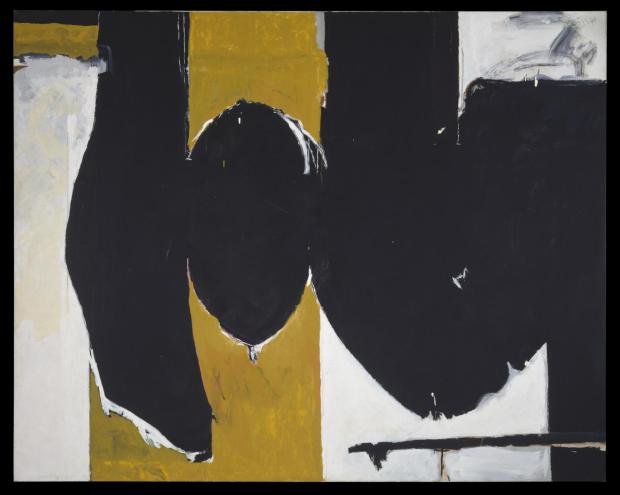
Fig 6. Robert Motherwell, Elegy to the Spanish Republic #132 (1975-85)
Continue reading →
